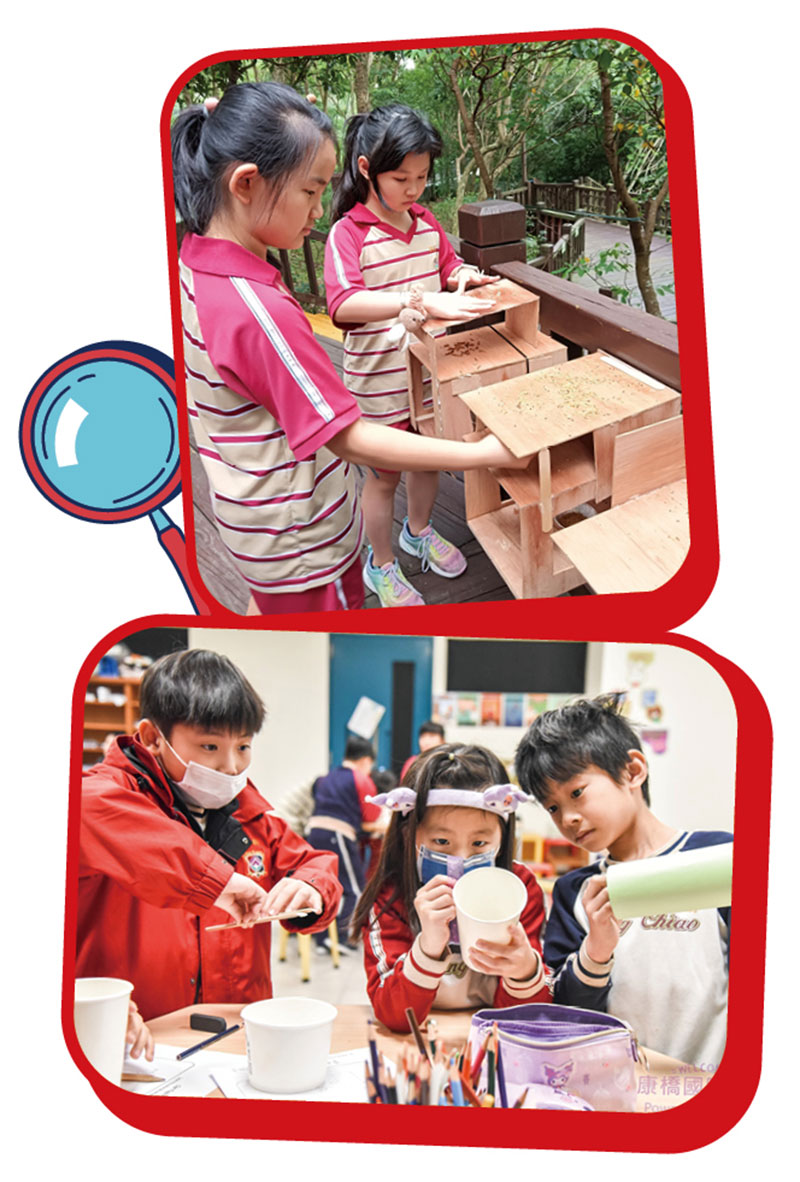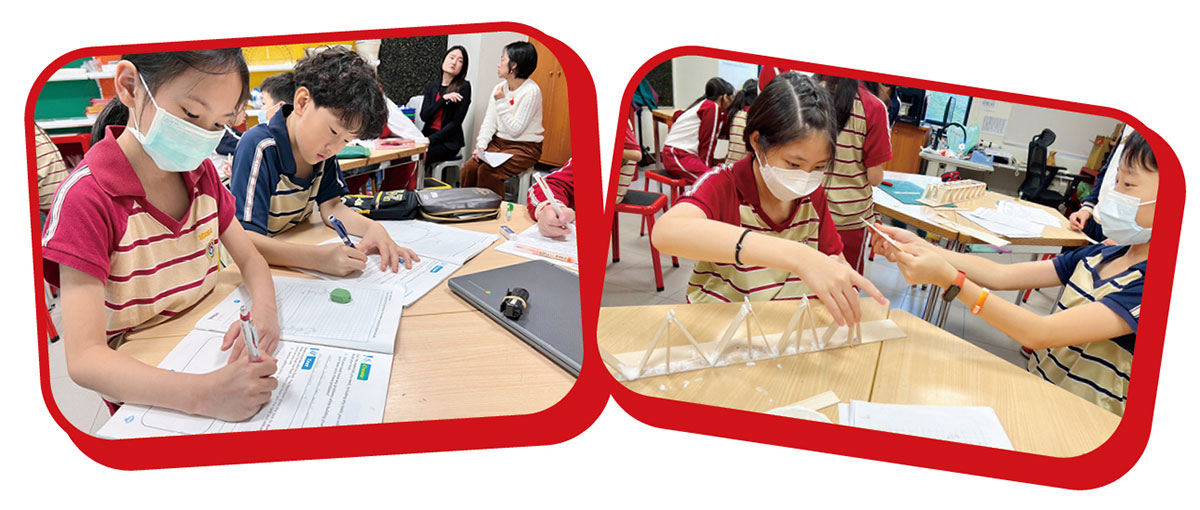

~ Roland Claassen
Assistant Director
Prepare to embark on an exciting journey through the captivating world of KCFS (Kang Chiao Future Skills)! In this Spotlight edition, we're delighted to offer you a sneak peek into our innovative STEM-based program that's revolutionizing the way our students learn and engage with science, technology, engineering, and math.
What exactly is KCFS, you might wonder? Well, it's not just another class—it's an immersive experience where students from grades 1 to 6 delve into thrilling projects for two periods a week, designed to ignite their curiosity and fuel their passion for STEM. From innovating solar tubes to crafting pin-hole cameras and engineering parachutes, our students are not only learning but also applying STEM concepts in real-world scenarios.

But here's where the magic happens—KCFS isn't confined to the four walls of a traditional classroom. It's a journey of exploration and discovery that transcends boundaries. Imagine students venturing into our Nature Area, crafting bird feeders to attract Taiwanese Blue Magpies, or conducting experiments by sampling surfaces to learn about germs in different areas around the school. Through hands-on, project-based learning, KCFS opens doors to interdisciplinary connections, allowing students to engage with the world around them in meaningful and impactful ways.
So, what's the secret ingredient that makes KCFS truly extraordinary? It's our unique five-stage process: Ask and Imagine, Plan, Create, Improve, and Present. This methodical approach and well-known engineering cycle empower students to tackle challenges head-on, guiding them through the iterative process of problem-solving and innovation.

Now, let's talk about the cherry on top—the KCFS workbooks. These meticulously self-developed companions serve as a roadmap for students as they navigate each project, documenting their progress, reflecting on their learning journey, and showcasing their craftsmanship. It's important to note that in grades 3 to 6, 70% of the KCFS score is derived from these workbooks, emphasizing the value we place on the learning process rather than just the end result. The remaining 30% comes from the final science report written by students at the end of each project. This report is an open-book reflection where students reflect on the entire process, showcasing their understanding and insights gained. In grades 1 and 2, while KCFS is still an integral part of the curriculum, it's not included in the formalized score on report cards. However, students in these grades still follow the reflection process in their workbooks, laying the groundwork for future engagement with KCFS in higher grades.
KCFS projects are not just about building gadgets and gizmos; they're about nurturing essential skills such as teamwork, communication, and critical thinking. Through collaborative projects, students learn to respect diverse perspectives, make compromises, and work towards common goals—a vital foundation for success in the classroom and beyond.
In conclusion, KCFS isn't just a program; it's a transformative experience. By embracing STEM principles, we're preparing students for a rapidly changing world. Let's continue nurturing curiosity and passion for learning because with KCFS, the possibilities are limitless. Thank you for your unwavering support and enthusiasm for our KCFS program.
From the Editor
Look Inside KCFS
國際處主任 賴國宜
Where are the most bacteria found: on a teacher's computer mouse, a student's mask, or a classroom floor? Surprisingly, grade six students found that the computer mouse harbored double the bacteria of the floor. The students' conclusion was that while cleaning staff diligently maintain visible areas like floors, objects like computer mice often go overlooked for disinfection by teachers. The Kang Chiao Future Skills curriculum, based on STEM principles, encourages investigation and independent problem solving through scientific principles and application of technology and engineering skills. In projects like the "The Hidden World of Germs", students justify their choices, establish control groups, apply proper methods, and reflect on their findings. Are you curious about bacteria hotspots on campus? Read the students' report and Mr. Claassen's insights into the KCFS program.
電腦滑鼠、同學口罩和教室地板,哪裡的細菌最多?很多人應該會猜地板?但根據六年級學生的實驗,滑鼠細菌居然最多,竟然比地板多一倍。孩子的發現是:清潔阿姨很認真打掃、成效顯著,而老師完全忽略了看似乾淨的滑鼠。根據生活經驗,透過想像問題、科學原理,科技和工程知識,設計解決問題的方法,實際操作、評估成效並提出改進報告。這正是依據STEM教育精神,規劃的康橋未來技能課程(Kang Chiao Future Skills)。有別於一般科學實驗只是用來應證理論結果。我們更看重學生自己對問題的看法、從計畫、執行到檢討都引導學生自主思考。以上述的「看不見的細菌」專題為例,一開始選擇要比較和測試的項目時,學生必須說明理由和預估的結果,過程中,要建立控制組、並應用正確的採集和培養細菌方式,最後,還要反思並歸納學習成果。您是否好奇校園哪裡最多細菌?歡迎您閱讀孩子們的報告。同時,也推薦您閱讀國際處副主任Mr.Claassen的文章,進一步了解KCFS課程。
六年級的青山Time和English Open Day成果發表會即將在5月1日舉辦,接下來各年級的發表會也將陸續展開,別忘了在行事曆上將這些日子註記,歡迎所有家長參與,您的掌聲和鼓勵是老師和孩子們前進的最大動力。